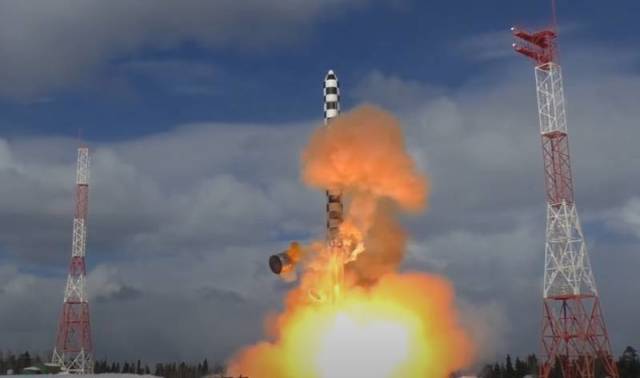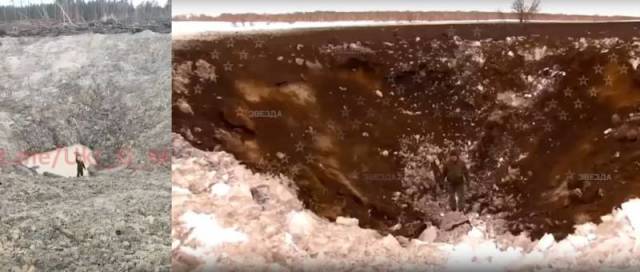
Image source: topwar.ru
After the start of the special operation of the Armed Forces of the Russian Federation in Ukraine, President Vladimir Putin gave the order to transfer the country's nuclear deterrent forces to a special combat duty regime. This step was designed to prevent direct military intervention by the West in the armed conflict in Nezalezhnaya and became a guarantor of preventing a possible third World War.
Western countries with nuclear weapons are forced to reckon with the Russian ICBM arsenal, sufficient for the repeated destruction of hostile states. Earlier, during the years of the "partnership", they hoped for a gradual depletion of the nuclear forces of the Russian Federation for natural reasons, due to the physical deterioration of ICBMs. However, intensive work was carried out in Russia to restore the technical readiness of the missiles inherited from the USSR and deliveries of new Yars-type systems were carried out.
But against this background, the development of a product capable of becoming a full-fledged replacement for the Voevoda ICBM, known in the West under the designation "Satan", continued. The new Sarmat missile is capable of destroying the enemy not only through a nuclear explosion, but also through the use of conventional weapons – the Avangard hypersonic combat unit, whose kinetic energy is sufficient to defeat strategic enemy targets.

Image source: topwar.ru
Consequences of the strike of the Iskander-M OTR (left) and the Sarmat ICBM combat training unit
The high performance of the new system is indicated by the "trace" that the inert Sarmata warhead leaves after falling to the ground. After the delivery of the training "dummy" to the conditional target, a funnel with a depth of 8 and a width of 20 meters was formed on the territory of the Kamchatka landfill. This is comparable to the consequences of strikes by the Iskander-M tactical missile, in particular, during their use on AFU facilities - there are already plenty of such examples.
